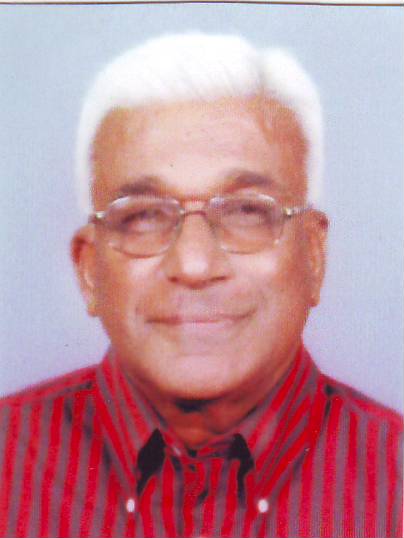Talking of Narrative
Writing
- K S Sivakumaran -
 Knowledgeable
people say that in creative writing, descriptive and narrative
writing plays a vital role. This is true.
In journalism and creative writing courses, this aspect is
explained by the lecturers. Even in high schools abroad
especially creative writing exercises are very popular among
students.
This I know first hand as an English teacher in such schools.
Even in newspapers, where they encourage young and new writers
to write short fiction the editors look into the aspects of
creativity that includes description and narration apart from
the main concern of the content.
There may be readers and young writers who would like to write
short stories and to help such people it could be desirable to
talk about these things through this column in the capacity of a
teacher and a journalist /columnist with a bias towards literary
criticism.
Knowledgeable
people say that in creative writing, descriptive and narrative
writing plays a vital role. This is true.
In journalism and creative writing courses, this aspect is
explained by the lecturers. Even in high schools abroad
especially creative writing exercises are very popular among
students.
This I know first hand as an English teacher in such schools.
Even in newspapers, where they encourage young and new writers
to write short fiction the editors look into the aspects of
creativity that includes description and narration apart from
the main concern of the content.
There may be readers and young writers who would like to write
short stories and to help such people it could be desirable to
talk about these things through this column in the capacity of a
teacher and a journalist /columnist with a bias towards literary
criticism.
So, let’s begin with some basic features in narrative writing.
Narration basically means relating of facts or what the
imagination creates in a factual manner.
From what I have gained by reading and writing and judging good
writing, I have listed the following as hints that might help:
We must relate events in a natural order of sequence.
A pattern must be worked out either neatly or dramatically to
the end.
The stages of progress of the narrative must be told
convincingly and the reader must feel what is being related,
apart from understanding it.
In imaginative narration the writer must be able to vividly
imagine the subjects, the events, the impressions he or she is
putting across, if he hopes to gain the full attention of the
reader or listener.
In narrative writing great drama or tension can best be
expressed by short sentences or by double sentences.
Ernest Hemingway, Mark Twain, Richard Wright are few who excel
in writing this type of sentence.
However, in a narrative to use a simple style effectively, the
incident must be exciting and convincing, the scene must be
vivid and the writer must capture the feeling of being there. I
found that Arthur Koestler succeeded in this style of writing.
We can note that the action related in the narrative is
generally physical. It represents what happens during some
significant portion of human experience. There can be no
experience that is not in some way or the other physical (the
experience of the body-senses). Mental experience is also
significant because the external acts of the human being often
less important than their mental states, and the true meaning of
human’s deeds can best be told by relating what goes on in their
heads
Let’s jot down some other features of narrative writing:
It should have a character or characters
A pace or scene – a definite location
A time sequence
A form or structure of the parts of the general narrative must
be connected so as to make a complete whole.
Any accounts of happenings in Nature acquire significance in
narrative only as they are seen in relation to human experience.
Narrative writing, therefore, recreates an actual experience or
creates an imaginary one.
Methods
The subject matter could be a situation affecting one or more
characters in such a way that a conflict arises between opposing
forces which can be followed to its reasonable conclusion.
The subject matter could be the experience of a character or
characters involved in a situation which brings about an
interplay of opposing forces.
The situation, the characters, the conflict of forces, the
development of the conflict to its logical end – These are the
elements of the narrative.
A narrative can be told by dialogues, descriptions and by the
use of symbolism or imagery.
The written word can be used to enter into the thought of the
characters, to give the reaction of the characters to one
another and to events. It can represent both their sensations
and their ideas.
Critics say a narrative must establish tension until a
satisfying conclusion is reached. It must be circumstantial in
its account of events – it must provide enough detail to
dramatise the action effectively.
sivakumaran.ks@gmail.com

